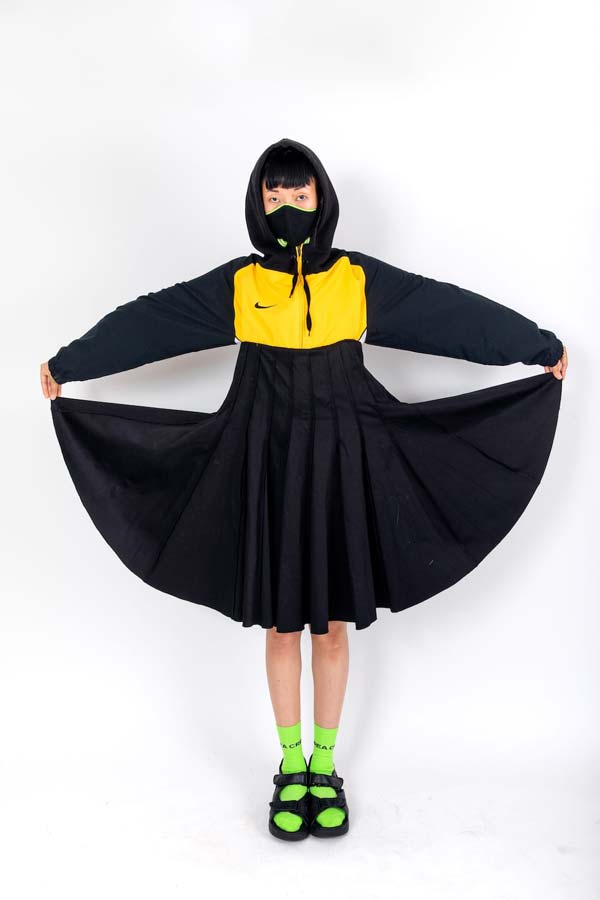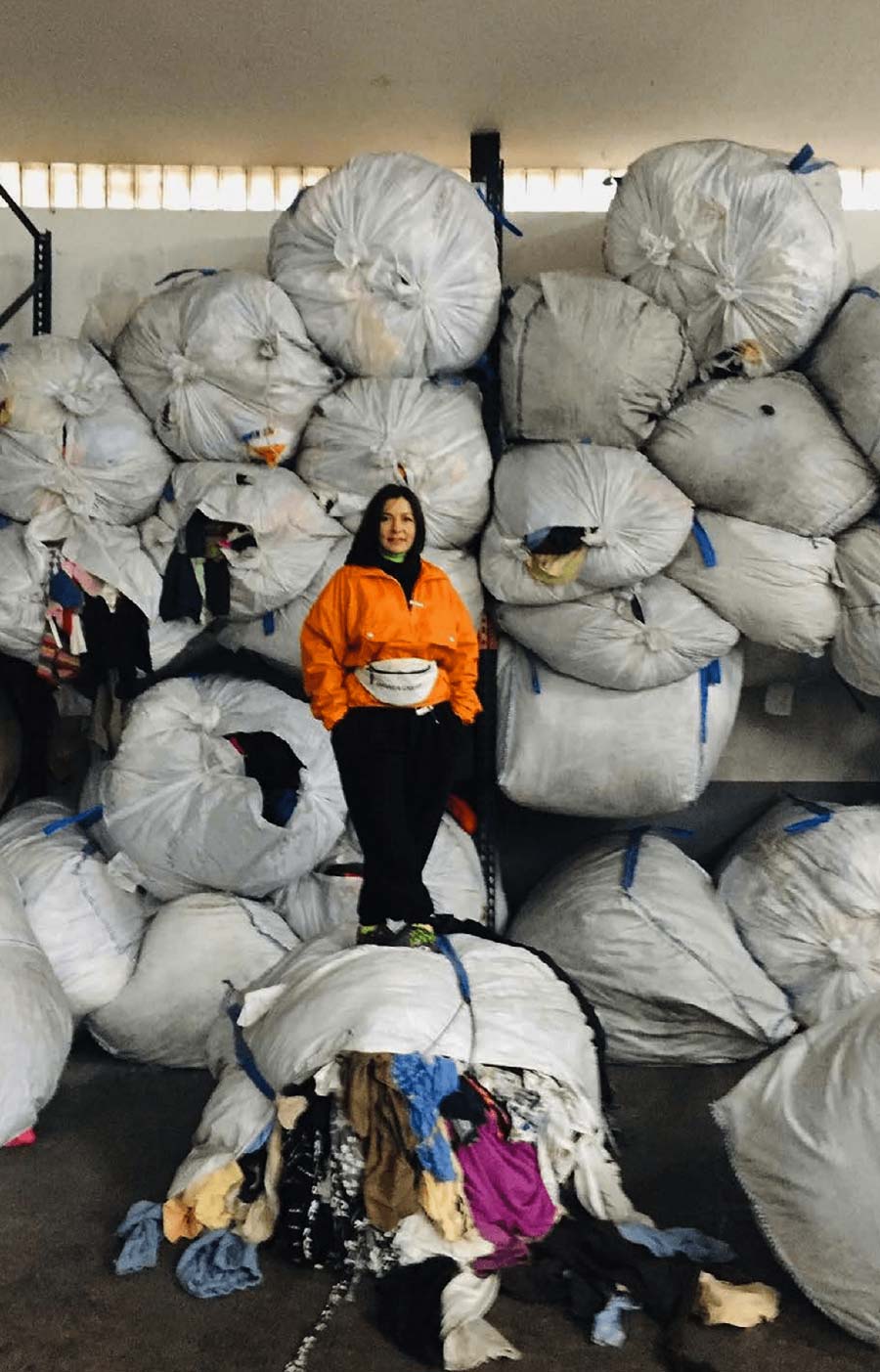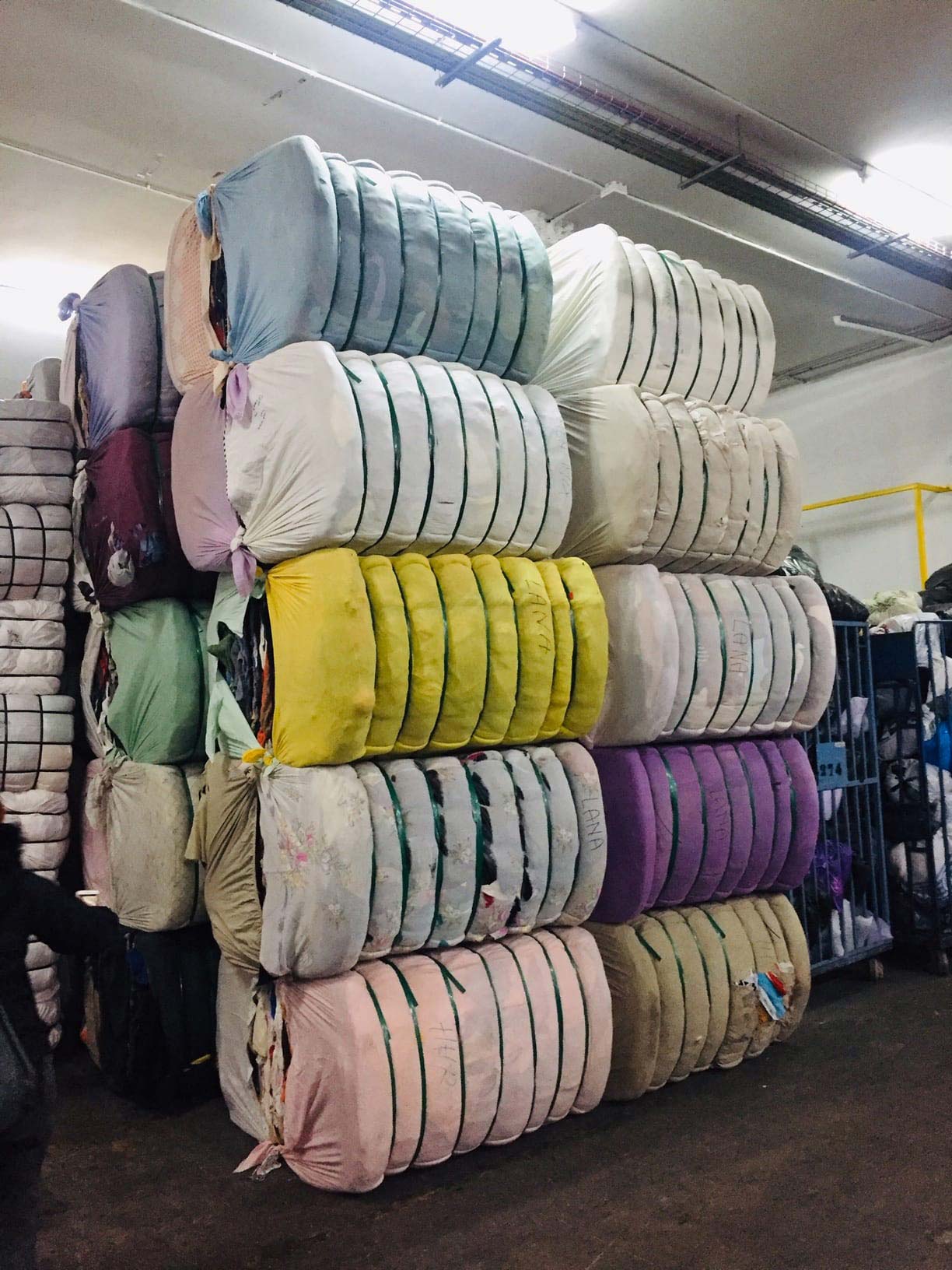
Origin of Upcycling
The notion of upcycling first appeared in 1994 during an interview with Reiner Pilz, a Mechanical engineer who converted to Interior Architecture.
Pilz laments that most obsolete objects are destroyed or recycled without considering the possibility of a second life.
His reasoning was that recovery of used objects was possible, taking as an example the practices of developing countries where repair and reuse are ubiquitous.
Recycling or Upcycling ?
Upcycling, is close to the notion of Recycling in its concept and very distant philosophically.
Recycling induces the notion of destroying an object in order to use the material to create a new one. In this case, the initial object therefore disappears in favor of the new object.
In contrast, upcycling reuses one or more goods to design a new one, reuse therefore increasing the value. The new good will therefore have the hybrid characteristics of the objects used in its design. The use of these will thus be recognizable in the new product.
More than a notion of reuse, upcycling allows the valuation of the existing as well as the work carried out to design it.
Goals of the Upcycling
In our contemporary society, the late environmental awareness raises a number of questions about our consumption patterns. Upcycling is therefore like a virtuous alternative allowing the preservation of natural resources and the reduction of the carbon footprint.
Among the most polluting sectors, fashion therefore appears to be the most favorable ground for the exercise of upcycling.
Within the fashion sector, upcycling can take the form of two main techniques.
The first is characterized by the reuse of materials, from the textile sector or sometimes from other sectors. The second consists of the use of clothes already made, from dormant or second-hand stocks.
Upcycling in the fashion industry

“Fabrics Upcycling
The first option is currently the most frequent in terms of the number of coins in circulation. This is due to the ease of making and reproducing the latter.
In fact, in this variant of upcycling, the creators mainly use rolls of partially consumed fabrics. Actors with large production volumes entrust these surpluses to textile destockers. These lower cost, low yardage rolls are suitable for young designers with small order volumes.
From this need for emerging brands to supply themselves with raw materials was born this practice assimilated to upcycling. This technique allows productive optimization and avoids over-exploitation of natural resources but does not reduce textile production.

Products Upcycling
The anti-waste law that will come into force in 2022 will prohibit textile producers and distributors from destroying unsold products.
This law will also apply to other sectors such as beauty, hygiene and electronics.
To this end, three possibilities will be offered to players in the sector; the donation of unsold products, recycling or upcycling.
The first solution seems unsuitable. Indeed, second-hand shops and collection associations are crumbling under the quantities of donated clothes. The responsible, massive production from the 70s to the present day. Demand, although growing, remains too low to absorb the huge stocks.
Ditto, we can hardly imagine luxury brands resorting to donations for the sake of managing their image.
There remain two possibilities, that of recycling and that of upcycling. This choice is part of the companies’ long-term strategy.
On the one hand, recycling maintains and reinforces the idea of an uninhibited consumer society that generates CO2. On the other hand, Upcycling questions the possibility of a productive, virtuous decrease, creating value and emotions.
Horizon of Upcycling
The anti-waste law that will come into force in 2022 will prohibit textile producers and distributors from destroying unsold products. This law will also apply to other sectors such as beauty, hygiene and electronics.
To this end, three possibilities will be offered to players in the sector; the donation of unsold products, recycling or upcycling.
The first solution seems unsuitable. Indeed, second-hand shops and collection associations are crumbling under the quantities of donated clothes. The responsible, massive production from the 70s to the present day. Demand, although growing, remains too low to absorb the huge stocks.
Ditto, we can hardly imagine luxury brands resorting to donations for the sake of managing their image.
There remain two possibilities, that of recycling and that of upcycling. This choice is part of the companies’ long-term strategy.
On the one hand, recycling maintains and reinforces the idea of an uninhibited consumer society that generates CO2. On the other hand, Upcycling questions the possibility of a productive, virtuous decrease, creating value and emotions.





